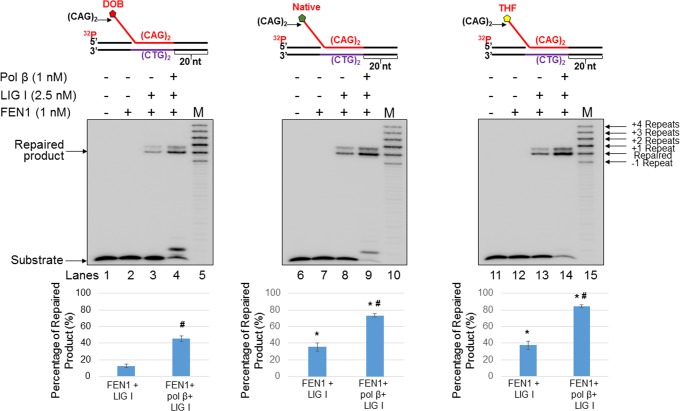Fig 7. An oxidized abasic lesion (DOB) decreases BER efficiency in a CAG repeat duplex.
The effect of abasic lesion type on BER efficiency during BER in a CAG repeat duplex was examined by reconstituting BER with a substrate containing a single (CAG)2 downstream flap intermediate formed during BER of a CAG repeat duplex containing a DOB (left panel), native sugar (middle panel), or THF (right panel). Lanes 1, 6, and 11 indicate the substrate only. Lanes 2, 7, and 12 indicate the substrate incubated with FEN1 (1 nM) only. Lanes 3, 8, and 13 indicate reaction mixtures incubated with FEN1 (1 nM) and LIG I (2.5 nM). Lanes 4, 9, and 14 indicate reaction mixtures incubated with FEN1 (1 nM), LIG I (2.5 nM), and pol β (1 nM). Lanes 5, 10, and 15 indicate synthesized size markers as indicated to the left of the gel. Graphs indicating the percentage of repaired products are shown below each gel. Each experiment was done in triplicate, and only the representative gels are shown in the figures. Substrates were 32P-labeled at the 5’-end of the upstream strand and are illustrated above each gel. Percentage of repair product (%) = intensity of repaired product/(intensity of repaired product + intensity of residual substrate)×100. The quantification data are illustrated below the gels. Two-way ANOVA with Tukey’s multiple comparison posttests was used to determine statistically significant differences. "*" denotes P < 0.05, compared to DOB-containing substrates. "#" denotes P < 0.05, compared to repair reactions in the absence of pol β.

